Sold: The human stories of human trafficking
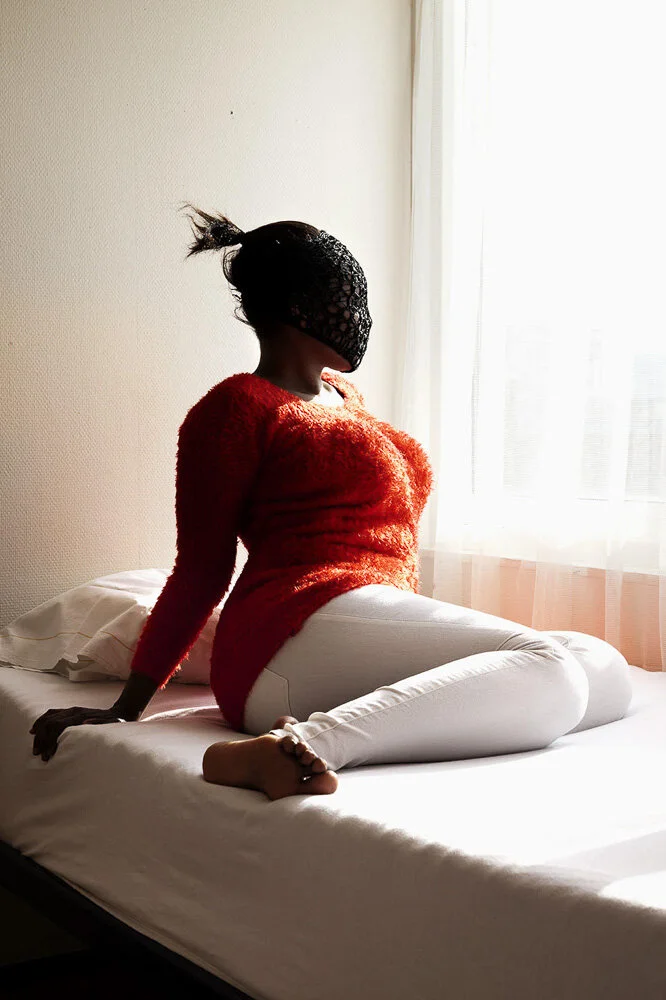
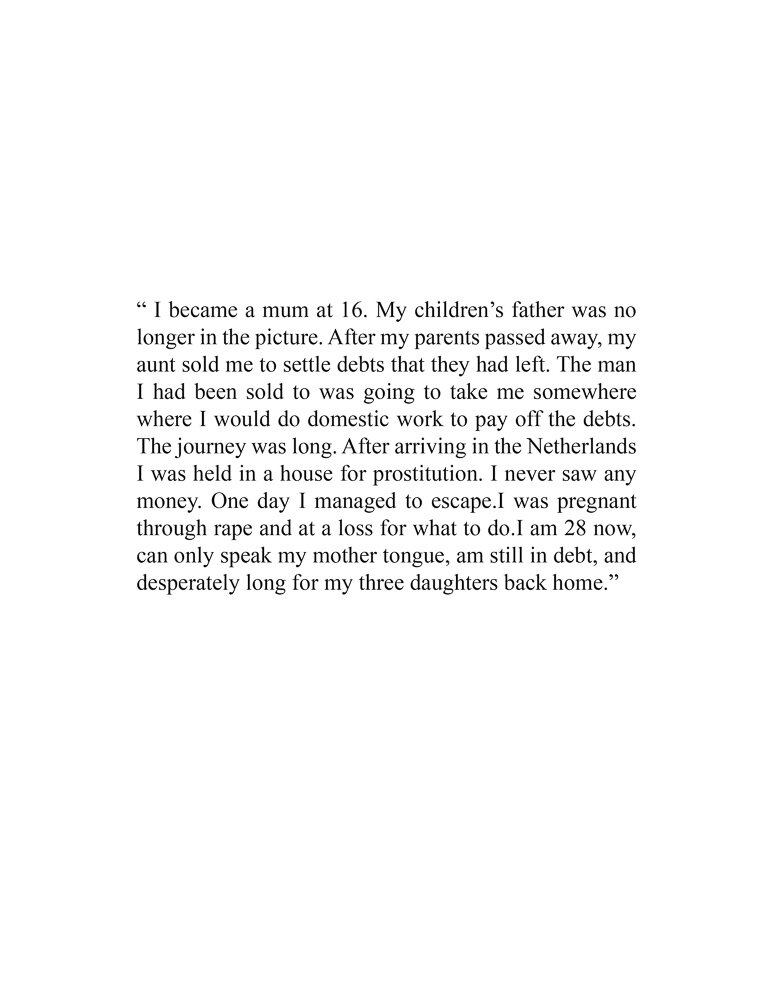

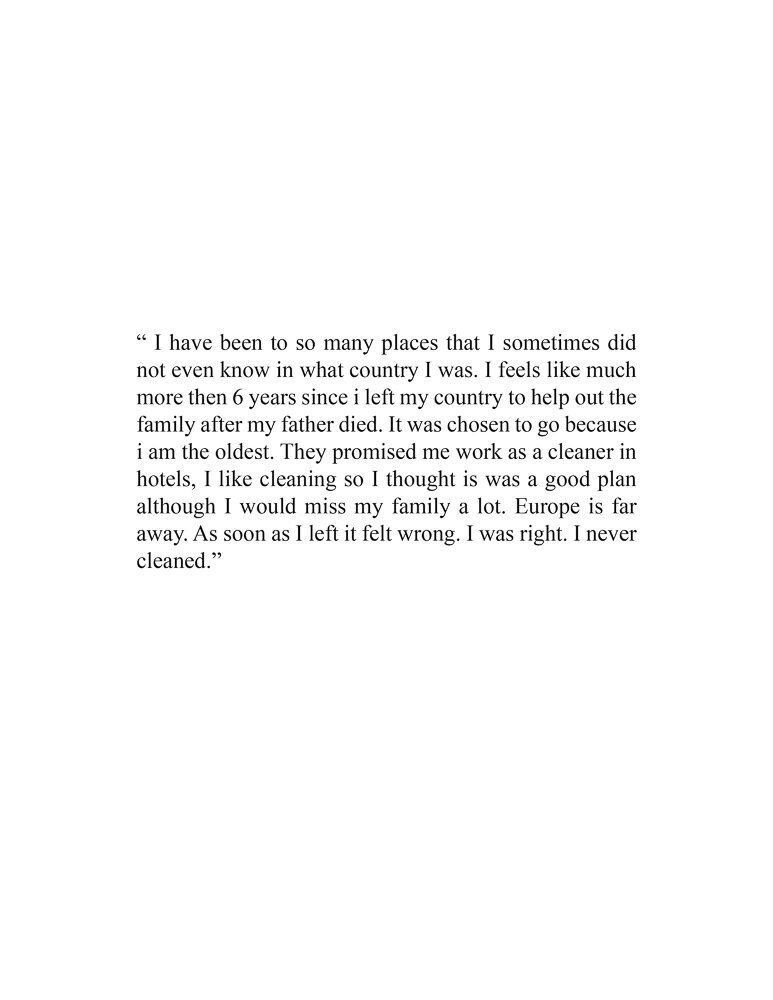
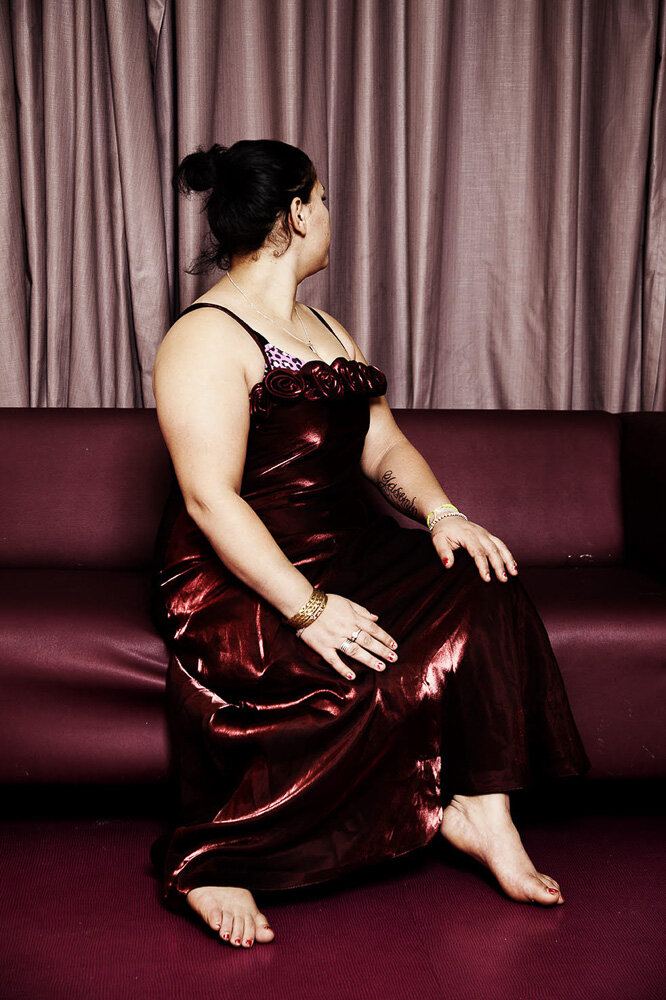
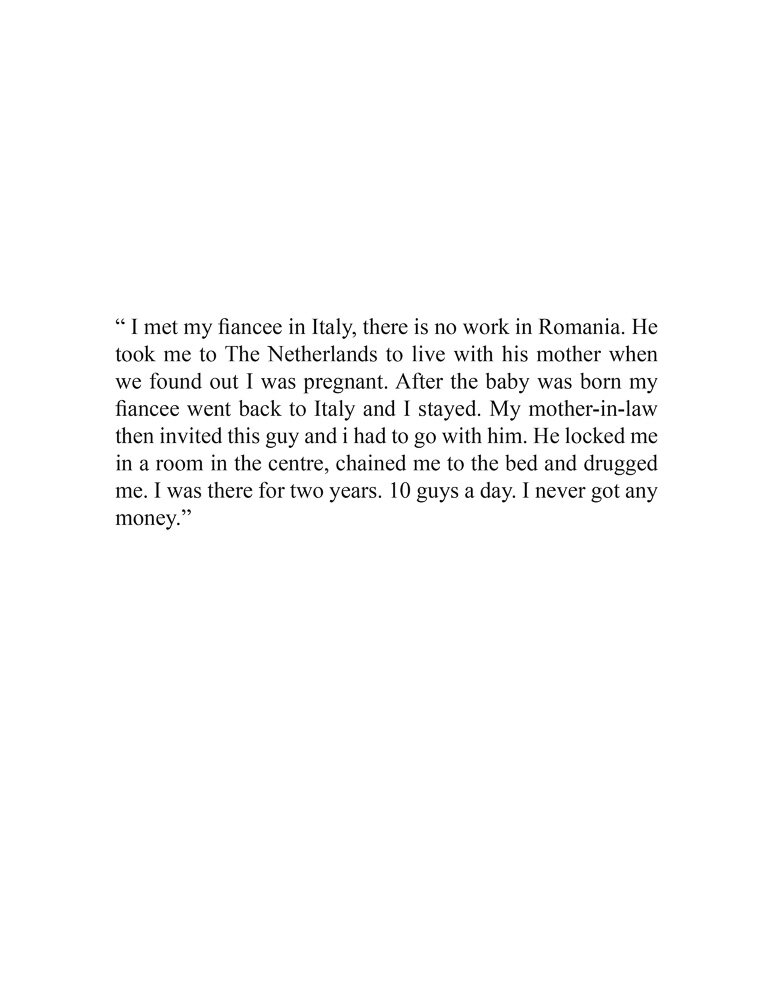
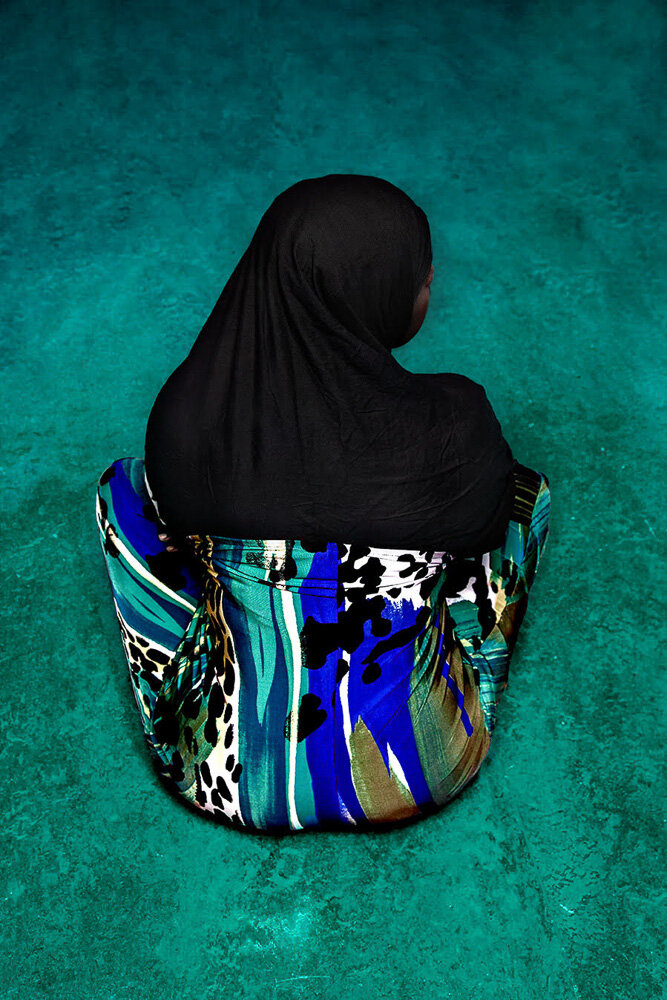
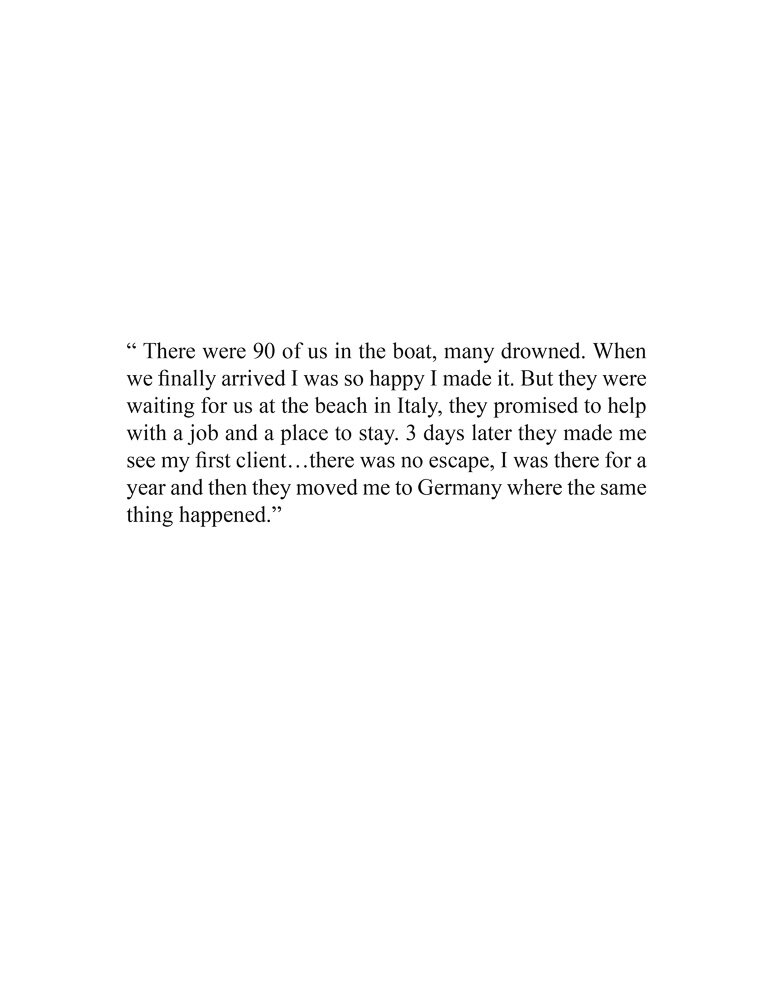
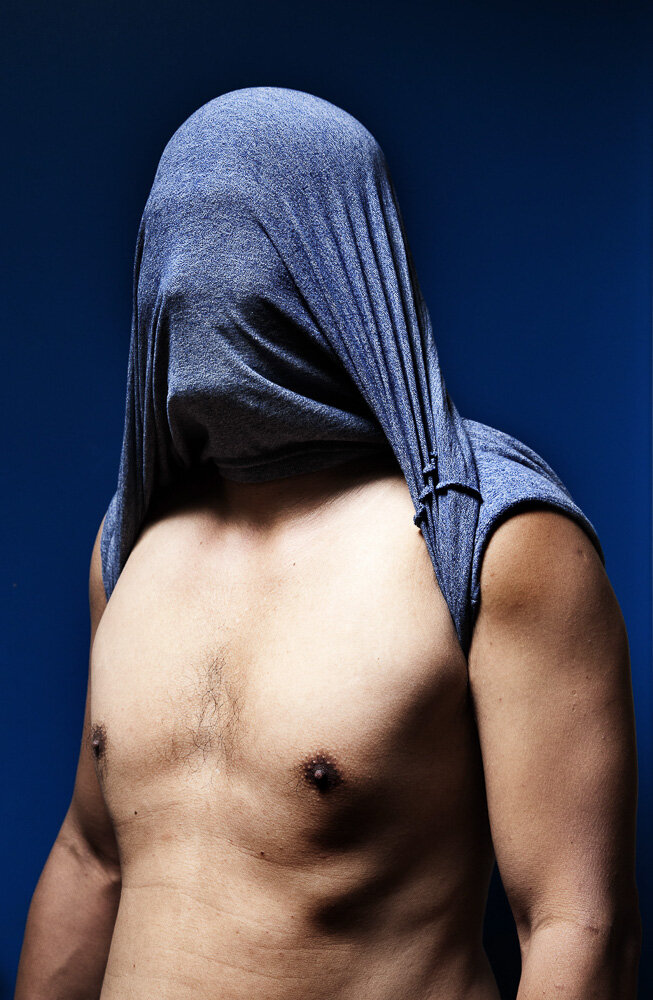
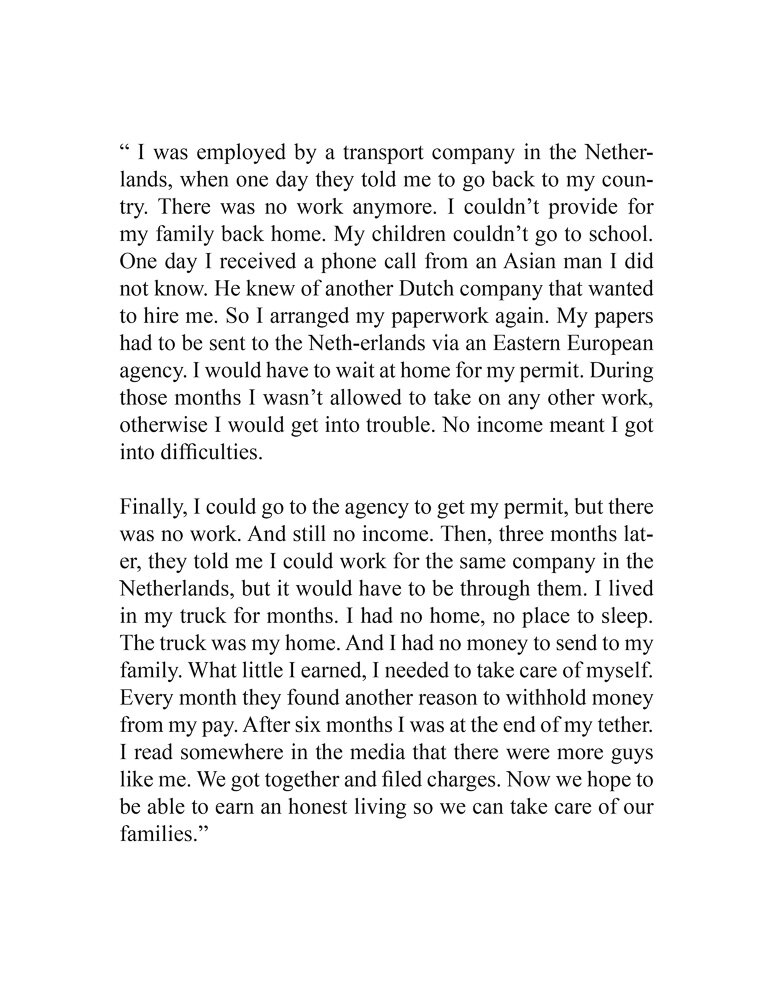
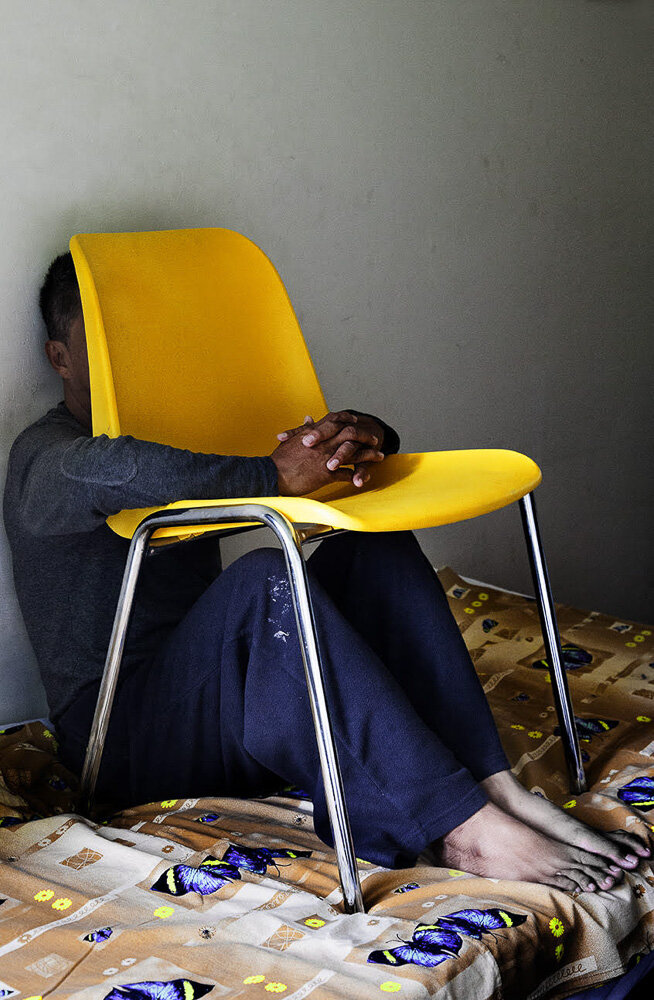
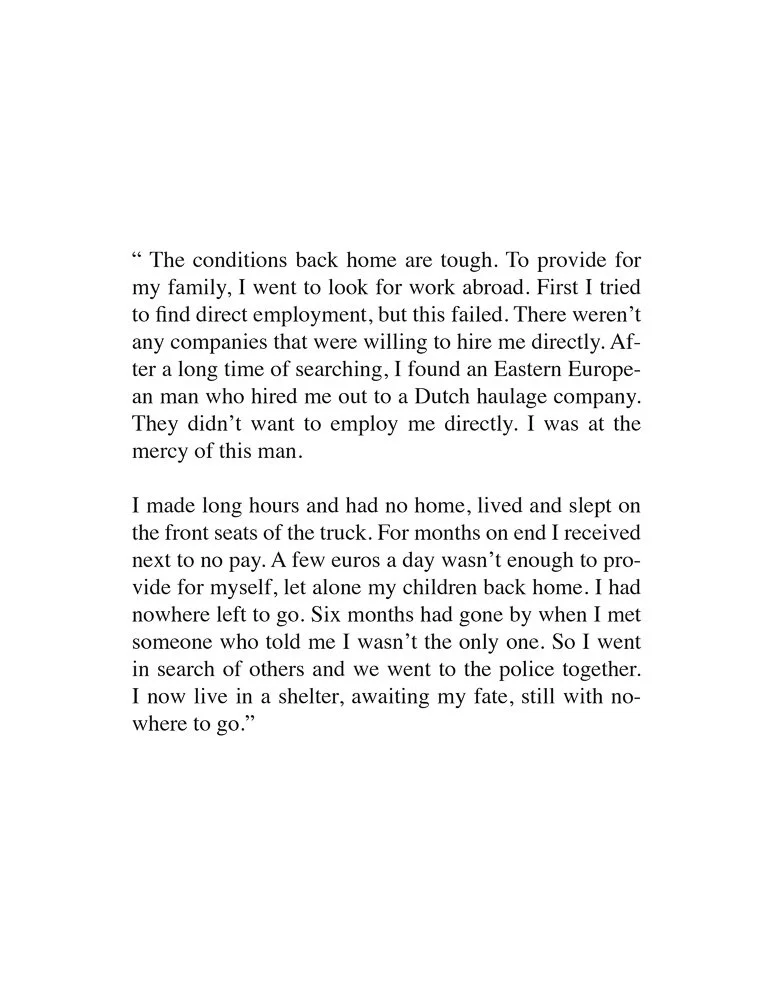

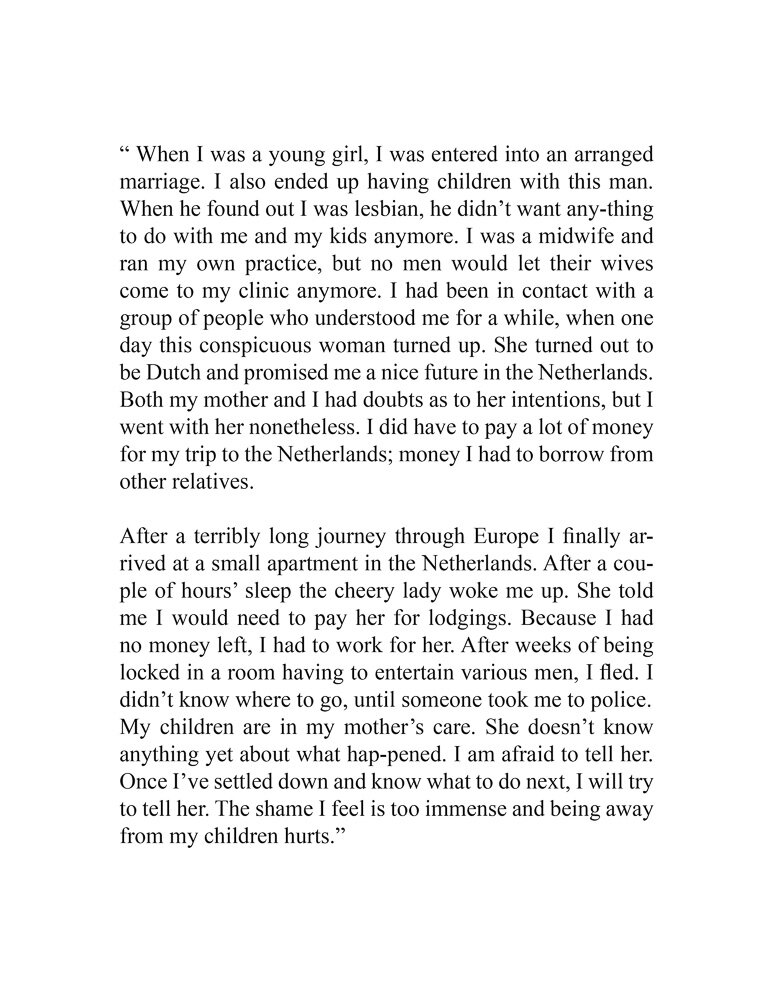
Human trafficking is an issue that is still extremely prevalent in our lives today. While many do not know the weight of the issue, it is much more common than we might think; millions of people around the world become victims of human trafficking every day, falling prey to perpetrators. These victims come from all different types of communities, some of them living in our areas. They are subjected to poverty, coercion, kidnapping, and assault. Victims hide in the shadows, afraid of what might happen to them if they tell someone.
Photographer Ernst Coppejans had many misconceptions about human trafficking; his curiosity to learn more about those affected by human trafficking led him to a shelter in Amsterdam where victims seek refuge from their perpetrators. Some lost all of their money while others were running away from those trafficking them, searching for a safe place to hide out.
Coppejans sought out to learn these victims’ stories as well as the conditions they faced while being trafficked. However, this was easier said than done: due to the circumstances they had faced, the people in the shelter were extremely guarded and untrusting of Coppejans’ intentions. Human traffickers often use means of coercion and force to lure vulnerable people into unpaid labor and/or sexual slavery. The trauma these victims face can stay with them for the rest of their lives, leaving them unable to trust most people. This meant that Coppejans had to work twice as hard to earn the trust and respect from these victims so that they would feel comfortable telling him their intimate stories.
The project itself ended up taking two and a half years to complete. By the time Coppejans had finished it, 27 people had entrusted him with their stories of torture and pain. The one request the victims had was to remain anonymous as many were still fearful of their perpetrators. Each person was photographed in their room in the shelter, and each of their faces was covered with an object or piece of clothing—or turned away from the camera altogether. Each photograph is also accompanied by a personal testimony that the person shared with Coppejans. While the testimonies speak to their tragic experiences, their portraits speak to much more than just being victims of human trafficking; Coppejans’ photographs portray these victims in a new light, showing their beauty and strength rather than their past. Coppejans gives victims back the belief that they do not have to be defined by their story.
Through his series, Coppejans has not only created beautiful photographs, but he has also helped each of these people in immeasurable ways. Traffickers make their victims feel worthless, like objects, ripping away their self-esteem. This is why it is critical to help those who have fallen victim to human trafficking feel valued and gain their sense of self-pride back. Coppejans’ series emphasizes the prevalence of human trafficking as an important issue; there are victims of human trafficking everywhere we go, even if we cannot always tell. We must recognize the severity of this issue so that these people no longer go unnoticed.
To view Ernst Coppejans’ full series Sold, visit his website.
If you or someone else is victim to human trafficking, call the National Human Trafficking Hotline: 1-888-373-7888







